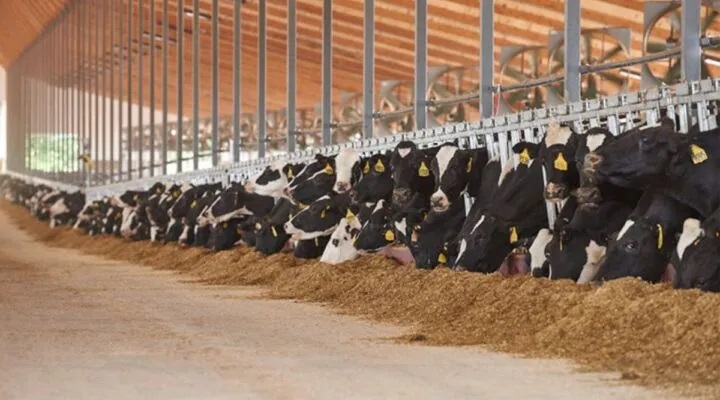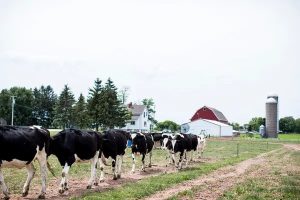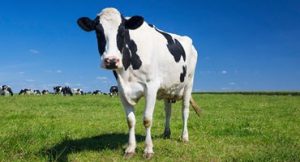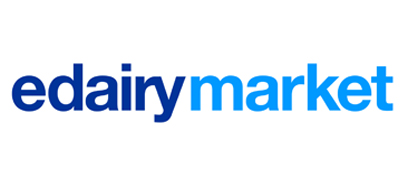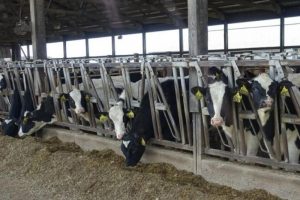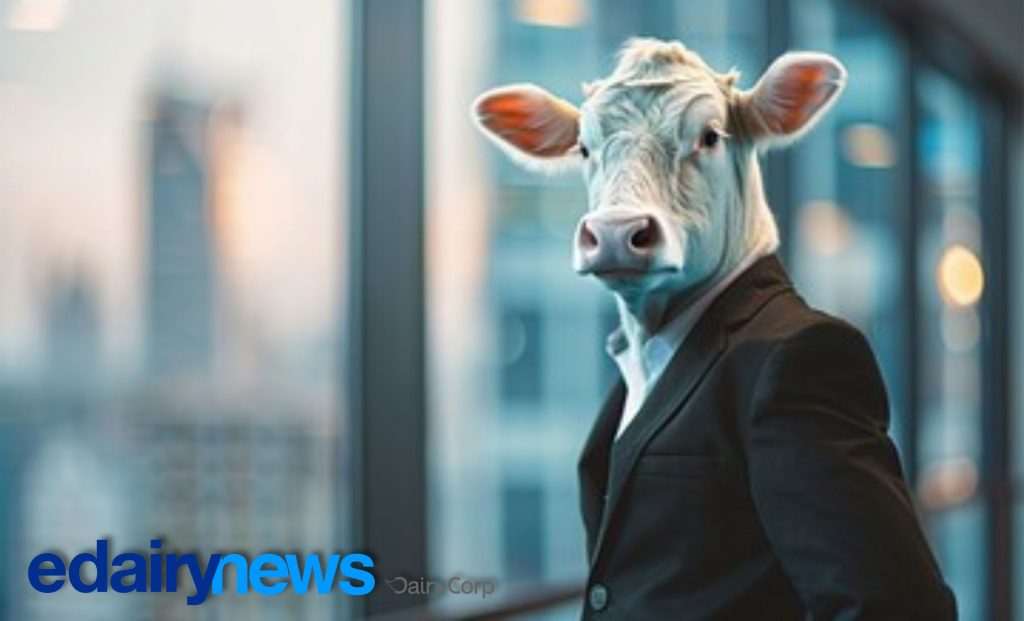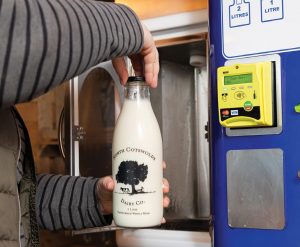
Having a disease outbreak response plan is crucial to protect your herd, your bottom line, and the dairy chain.
In the modern dairy industry, the question isn’t if a disease will occur, but when. Faced with this reality, animal health experts from MSU Extension insist that the best defense is preparation. Beyond basic hygiene measures, every farm must have a detailed Disease Outbreak Response Plan. This proactive document is the most effective tool for minimizing the impact of a sanitary emergency on livestock.
The first line of defense is solid, preventative biosecurity. This involves rigorous control over who and what enters the farm, from vehicles and visitors to new animals. Implementing disinfection protocols at key points, managing the movement of animals and equipment, and maintaining strict staff hygiene are fundamental actions to seal the doors against pathogens that could compromise the health of the herd and dairy production.
Once an outbreak is suspected, the plan’s effectiveness comes into play. The document must establish clear and immediate steps, such as the isolation of sick animals to prevent the contagion from spreading. It should also define a communication protocol to immediately alert the veterinarian and health authorities. Speed in response and containment are the most decisive factors in controlling the situation and limiting the damage.
The benefit of this type of planning goes far beyond animal health. A response plan to outbreaks drastically reduces associated economic losses, minimizing the need for culling and production collapse. Furthermore, it provides a framework for employees, who will know exactly what roles to play during a crisis. The clarity of actions reduces stress and chaos, allowing for more effective emergency management.
In conclusion, the investment of time in creating a detailed biosecurity plan, in collaboration with a veterinarian, is a strategic decision for every dairy producer. It not only protects the herd but also safeguards the farm’s financial future. Proactive bovine health management is a crucial responsibility for every actor in the chain, ensuring the resilience of the dairy industry against the threat of diseases.
Fuente: MSU Extension
